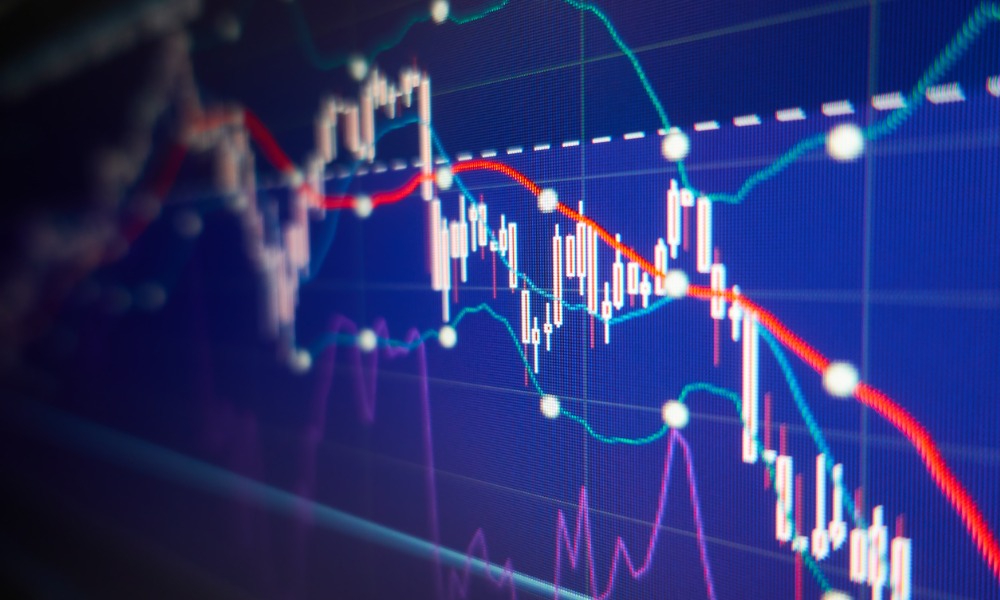Robust growth in inventory investments and federal spending significantly boosted the US economy in Q2

The US economy experienced stronger-than-expected growth in the second quarter, driven by robust consumer spending, government expenditure, and a significant inventory build, according to CNBC.
The Commerce Department's initial estimate on Thursday revealed a 2.8 percent annualized increase in real gross domestic product (GDP) for the April to June period, adjusted for seasonality and inflation.
This exceeded the 2.1 percent growth anticipated by economists surveyed by Dow Jones, following a 1.4 percent rise in the first quarter.
Consumer spending played a crucial role in this growth, along with contributions from private inventory investment and non-residential fixed investment. Personal consumption expenditures, a key indicator of consumer activity, rose by 2.3 percent for the quarter, up from a 1.5 percent increase in Q1.
Both services and goods spending showed solid increases.
Inventories contributed 0.82 percentage points to the total gain, while government spending provided additional support, rising 3.9 percent at the federal level, including a 5.2 percent increase in defence outlays.
However, imports, which detract from GDP, surged by 6.9 percent, marking the largest quarterly rise since Q1 of 2022, while exports increased by only 2 percent. Following the report, stock market futures moved higher and Treasury yields fell.
Joseph Brusuelas, chief economist at RSM, highlighted the positive composition of growth, stating, “The composition of growth was one of the better mixes that we have observed in some time.”
He added that the report supports the notion of a productivity boom in the US economy, which could lead to lower inflation, low unemployment, and rising real wages over the medium term.
The personal consumption expenditures price index, a crucial inflation measure for the Federal Reserve, rose by 2.6 percent for the quarter, down from 3.4 percent in Q1.
Excluding food and energy, core PCE prices, a longer-term inflation indicator, increased by 2.9 percent compared to a 3.7 percent rise in the previous period.
The chain-weighted price index, which accounts for changes in consumer behaviour, increased by 2.3 percent for the quarter, below the estimated 2.6 percent.
Treasury Secretary Janet Yellen noted that the GDP report affirms the path towards steady growth and declining inflation in her remarks delivered in Rio de Janeiro.
Final sales to private domestic purchasers, considered a good indicator of underlying demand by the Fed, accelerated at a 2.6 percent pace, matching the previous quarter's rate. However, the personal savings rate declined to 3.5 percent for the quarter, down from 3.8 percent in Q1.
The consumer picture showed signs of strain, with the Philadelphia Federal Reserve reporting credit card delinquencies at an all-time high since 2012, and revolving debt balances reaching a new high amid tighter credit standards and fewer new card originations.
Despite this, retail sales continued to rise, indicating consumers are coping with high interest rates and persistent inflation.
The housing market faces challenges, with declining sales and rising home prices putting pressure on first-time homebuyers. Federal Reserve officials are expected to maintain interest rates steady at their meeting next week, although market pricing suggests a potential rate cut in September, the first in four years.
Policymakers have shown caution regarding the timing of rate reductions, with recent comments indicating a willingness to ease policy.
In other economic news, the Labor Department reported that initial jobless claims totaled 235,000 for the week ending July 20, down 10,000 from the previous week, aligning with the Dow Jones forecast. Continuing claims decreased slightly to 1.85 million.
Additionally, durable goods orders unexpectedly fell by 6.6 percent in June, against a forecast of a 0.3 percent increase. However, excluding transportation, new orders rose by 0.5 percent.



